Towards optimal experimentation in online systems
The Unofficial Google Data Science Blog
APRIL 23, 2024
If the relationship of $X$ to $Y$ can be approximated as quadratic (or any polynomial), the objective and constraints as linear in $Y$, then there is a way to express the optimization as a quadratically constrained quadratic program (QCQP). However, joint optimization is possible by increasing both $x_1$ and $x_2$ at the same time.


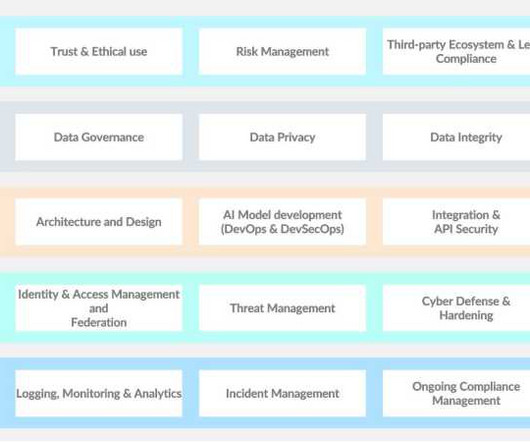





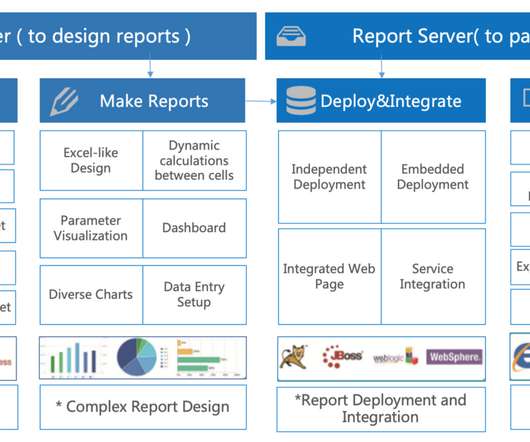



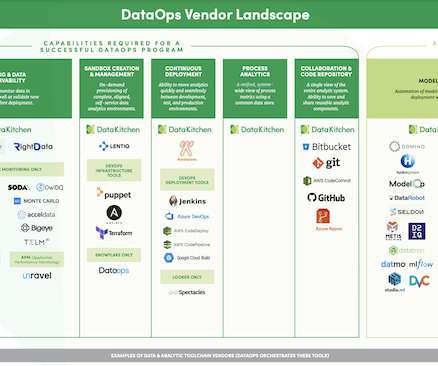





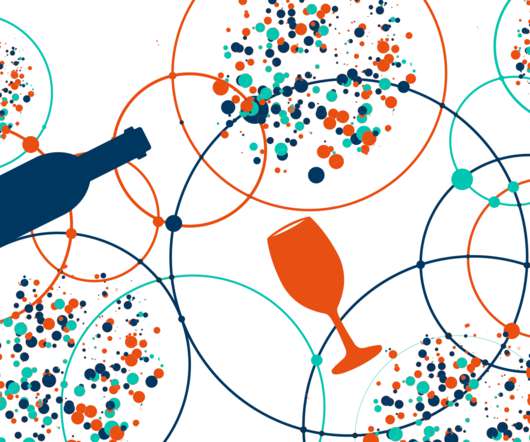
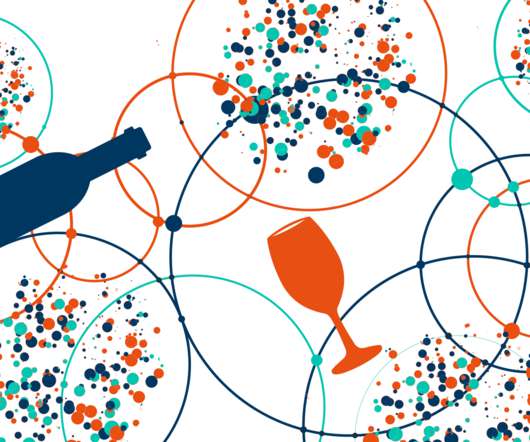
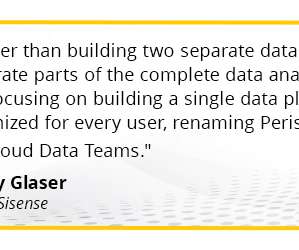










Let's personalize your content